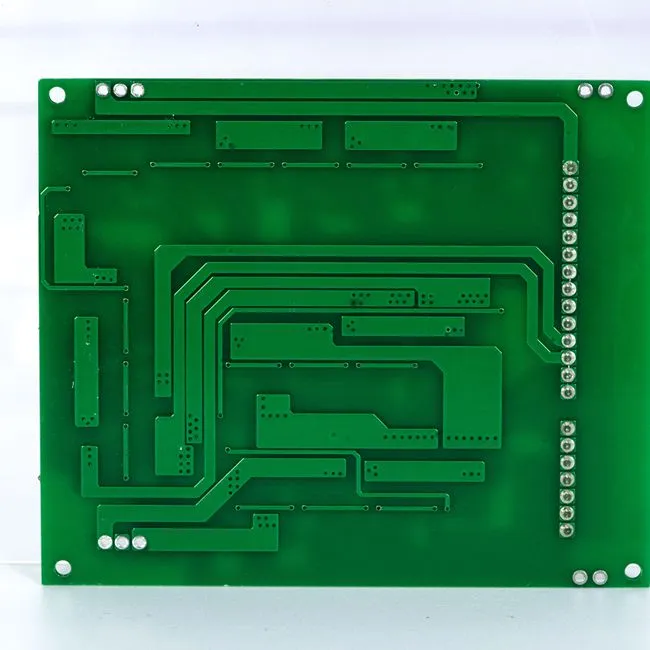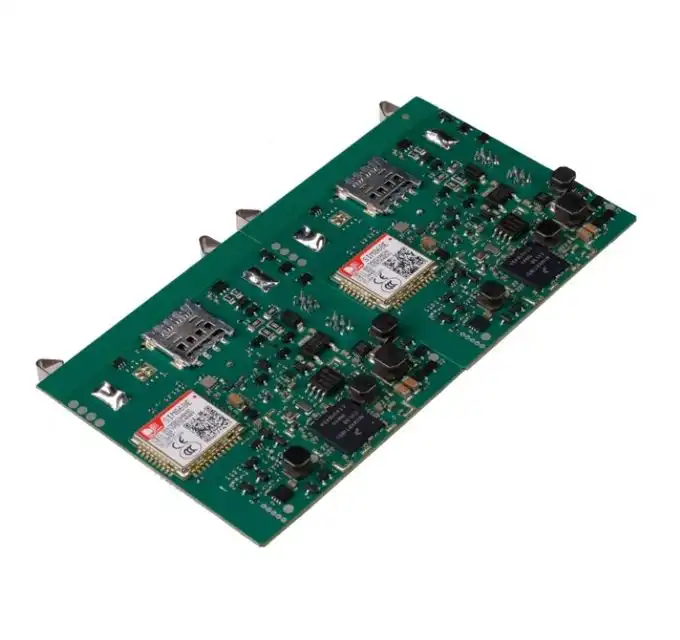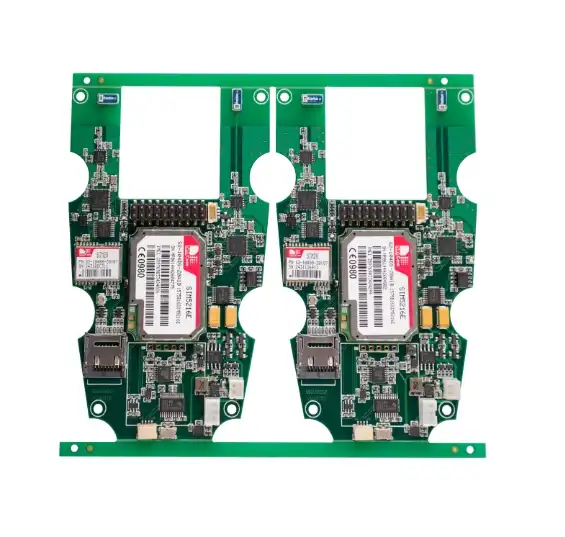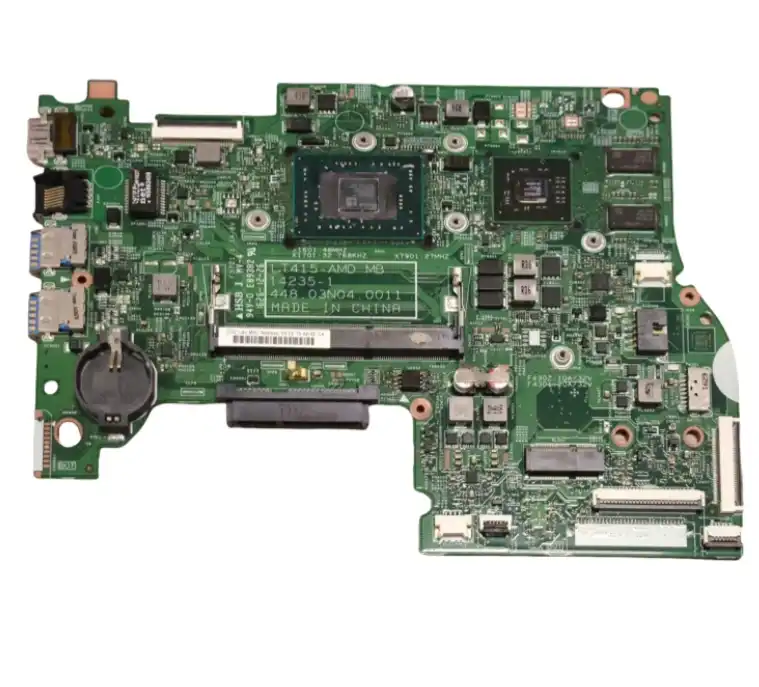The Evolution and Importance of BGA Technology in High-Power PCBAs
BGA technology has revolutionized the electronics industry, enabling the creation of more compact and powerful devices. In high-power PCBAs, BGAs play a crucial role in managing thermal dissipation and electrical performance. The evolution of BGA technology has led to increased pin counts, smaller package sizes, and improved heat dissipation capabilities.
One-stop PCB assembly services have become increasingly popular as they offer a streamlined approach to PCBA manufacturing. These services integrate various stages of production, from design to final assembly, ensuring better quality control and faster turnaround times. For high-power PCBAs utilizing BGA technology, one-stop assembly solutions can provide significant advantages in terms of consistency and reliability.
The importance of BGA technology in high-power PCBAs cannot be overstated. It allows for higher component density, better electrical performance, and improved thermal management. As electronic devices become more sophisticated, the demand for BGAs in high-power applications continues to grow, making it essential for PCBA manufacturers to master this technology.
Advantages of BGA Technology in High-Power Applications
BGA technology offers several advantages for high-power PCBAs:
- Increased I/O density: BGAs can accommodate a higher number of connections in a smaller area compared to traditional packaging methods.
- Improved electrical performance: Shorter interconnect lengths result in reduced inductance and capacitance, leading to better signal integrity.
- Enhanced thermal management: The array of solder balls provides a larger surface area for heat dissipation, crucial for high-power applications.
- Reduced footprint: BGAs allow for more compact designs, enabling the creation of smaller, yet more powerful electronic devices.
These advantages make BGA technology particularly suitable for high-power PCBAs in industries such as telecommunications, automotive, and aerospace, where space constraints and performance requirements are critical.
Challenges in BGA Assembly for High-Power PCBAs
While BGA technology offers numerous benefits, it also presents unique challenges in the assembly process, especially for high-power PCBAs. PCBA manufacturers must overcome these obstacles to ensure reliable and high-quality products.
One of the primary challenges in BGA assembly is the precise alignment of components. The small pitch between solder balls requires extremely accurate placement to avoid shorts or open connections. This level of precision demands advanced pick-and-place equipment and skilled operators.
Thermal management during the reflow process is another critical challenge. High-power PCBAs generate significant heat, which can lead to warpage or thermal stress on the BGA package and the PCB itself. Manufacturers must carefully control the reflow profile to ensure proper solder joint formation without damaging the components or the board.
Inspection and Quality Control Challenges
Inspecting BGA solder joints poses a significant challenge due to their hidden nature beneath the package. Traditional visual inspection methods are inadequate, necessitating the use of advanced inspection techniques such as:
- X-ray inspection: Allows for non-destructive examination of solder joints, but requires specialized equipment and trained personnel.
- Automated Optical Inspection (AOI): Can detect surface-level defects but is limited in inspecting hidden solder joints.
- In-Circuit Testing (ICT): Helps verify electrical connections but may not catch all types of defects.
Implementing a comprehensive inspection strategy is crucial for ensuring the reliability of high-power PCBAs with BGA components, and incorporating One-Stop PCB Assembly services can further enhance process consistency. This often involves a combination of inspection methods to achieve the highest level of quality control.
Rework and Repair Considerations
Reworking BGAs on high-power PCBAs presents its own set of challenges. The dense packaging and hidden solder joints make it difficult to remove and replace faulty components without damaging the PCB or adjacent components. Specialized rework stations and trained technicians are necessary to perform these delicate operations.
Additionally, the thermal sensitivity of high-power PCBAs requires careful temperature control during the rework process to prevent damage to other components or the board itself. This complexity often makes BGA rework a time-consuming and costly process, emphasizing the importance of getting the assembly right the first time.

Innovative Solutions and Best Practices for BGA Assembly in High-Power PCBAs
To address the challenges associated with BGA assembly in high-power PCBAs, manufacturers are continually developing innovative solutions and best practices. These advancements aim to improve reliability, efficiency, and overall quality of the assembly process.
One-stop PCB assembly services have emerged as a comprehensive solution to many of these challenges. By integrating design, component sourcing, assembly, and testing under one roof, these services can ensure better control over the entire manufacturing process, leading to higher quality and more reliable high-power PCBAs.
Advanced Assembly Techniques
Innovative assembly techniques for BGA components in high-power PCBAs include:
- Vapor phase soldering: Provides uniform heating and reduces the risk of component damage during reflow.
- Selective soldering: Allows for precise control of heat application to specific areas of the PCB.
- Automated underfill dispensing: Improves the mechanical strength and thermal performance of BGA connections.
These advanced techniques, when implemented as part of a one-stop PCB Assembly service, can significantly enhance the reliability and performance of high-power PCBAs with BGA components.
Design for Manufacturability (DFM) Considerations
Implementing robust Design for Manufacturability (DFM) practices is crucial for successful BGA assembly in high-power PCBAs. Key considerations include:
- Optimizing PCB layout for thermal management
- Designing appropriate pad and via structures for BGAs
- Incorporating fiducials for accurate component placement
- Planning for testability and rework accessibility
By addressing these DFM considerations early in the design phase, manufacturers can mitigate many of the challenges associated with BGA assembly in high-power applications.
Quality Control and Reliability Testing
Implementing comprehensive quality control and reliability testing procedures is essential for ensuring the long-term performance of high-power PCBAs with BGA components. Advanced testing methods include:
- Thermal cycling tests to evaluate solder joint reliability
- Vibration and shock testing to assess mechanical durability
- Highly Accelerated Life Testing (HALT) to identify potential failure modes
- Electrical performance testing under various environmental conditions
These rigorous testing procedures, when integrated into a one-stop PCB assembly service, help manufacturers identify and address potential issues before products reach the end-user, ensuring the highest levels of reliability for high-power PCBAs.
Conclusion
BGA assembly technology plays a pivotal role in the development of high-power PCBAs, offering unparalleled advantages in terms of performance, density, and thermal management. However, the challenges associated with BGA assembly in high-power applications require PCBA manufacturers to adopt innovative solutions and best practices to ensure reliable and high-quality products.
By leveraging advanced assembly techniques, implementing robust DFM practices, and utilizing comprehensive quality control procedures, manufacturers can overcome these challenges and produce superior high-power PCBAs. One-stop PCB Assembly services have emerged as a valuable solution, offering integrated expertise and streamlined processes that address many of the complexities associated with BGA assembly in high-power applications.
As the demand for more powerful and compact electronic devices continues to grow, mastering BGA assembly technology will remain crucial for PCBA manufacturers. By staying abreast of the latest developments and continuously refining their processes, manufacturers can position themselves as leading suppliers in the competitive high-power PCBA market.
FAQ
What are the main advantages of BGA technology in high-power PCBAs?
BGA technology offers increased I/O density, improved electrical performance, enhanced thermal management, and reduced footprint, making it ideal for high-power applications.
What are the key challenges in BGA assembly for high-power PCBAs?
The main challenges include precise component alignment, thermal management during reflow, inspection of hidden solder joints, and complex rework procedures.
How can one-stop PCB assembly services benefit high-power PCBA manufacturing?
One-stop PCB assembly services integrate design, sourcing, assembly, and testing, ensuring better quality control, faster turnaround times, and improved reliability for high-power PCBAs.
Experience the Difference with Ring PCB's One-Stop PCB Assembly Solutions | Ring PCB
At Ring PCB, we specialize in delivering cutting-edge one-stop PCB assembly solutions for high-power applications. Our team of 500+ professionals combines expertise in R&D, manufacturing, and customer support to tackle the most challenging BGA assembly projects. With state-of-the-art equipment and ISO-certified quality control, we ensure precision and reliability in every PCBA we produce. Experience the advantage of our comprehensive turnkey services, from PCB fabrication to final assembly. Contact our expert team at [email protected] to elevate your high-power PCBA projects today.
References
1. Johnson, M. (2022). "Advanced BGA Assembly Techniques for High-Power PCBAs." Journal of Electronics Manufacturing, 35(2), 78-92.
2. Smith, R., & Brown, A. (2021). "Thermal Management Strategies in BGA-Based High-Power PCB Designs." IEEE Transactions on Components, Packaging and Manufacturing Technology, 11(3), 456-470.
3. Lee, Y., et al. (2023). "Innovations in One-Stop PCB Assembly Services for Complex Electronic Systems." International Journal of Advanced Manufacturing Technology, 89(5-8), 1567-1582.
4. Thompson, K. (2022). "Quality Control Methodologies for High-Reliability BGA Assemblies in Aerospace Applications." Proceedings of the International Symposium on Microelectronics, 2022(1), 000313-000320.
5. Chen, H., & Liu, W. (2021). "Design for Manufacturability Considerations in High-Power PCBA Production." Journal of Electronic Packaging, 143(3), 031009.






